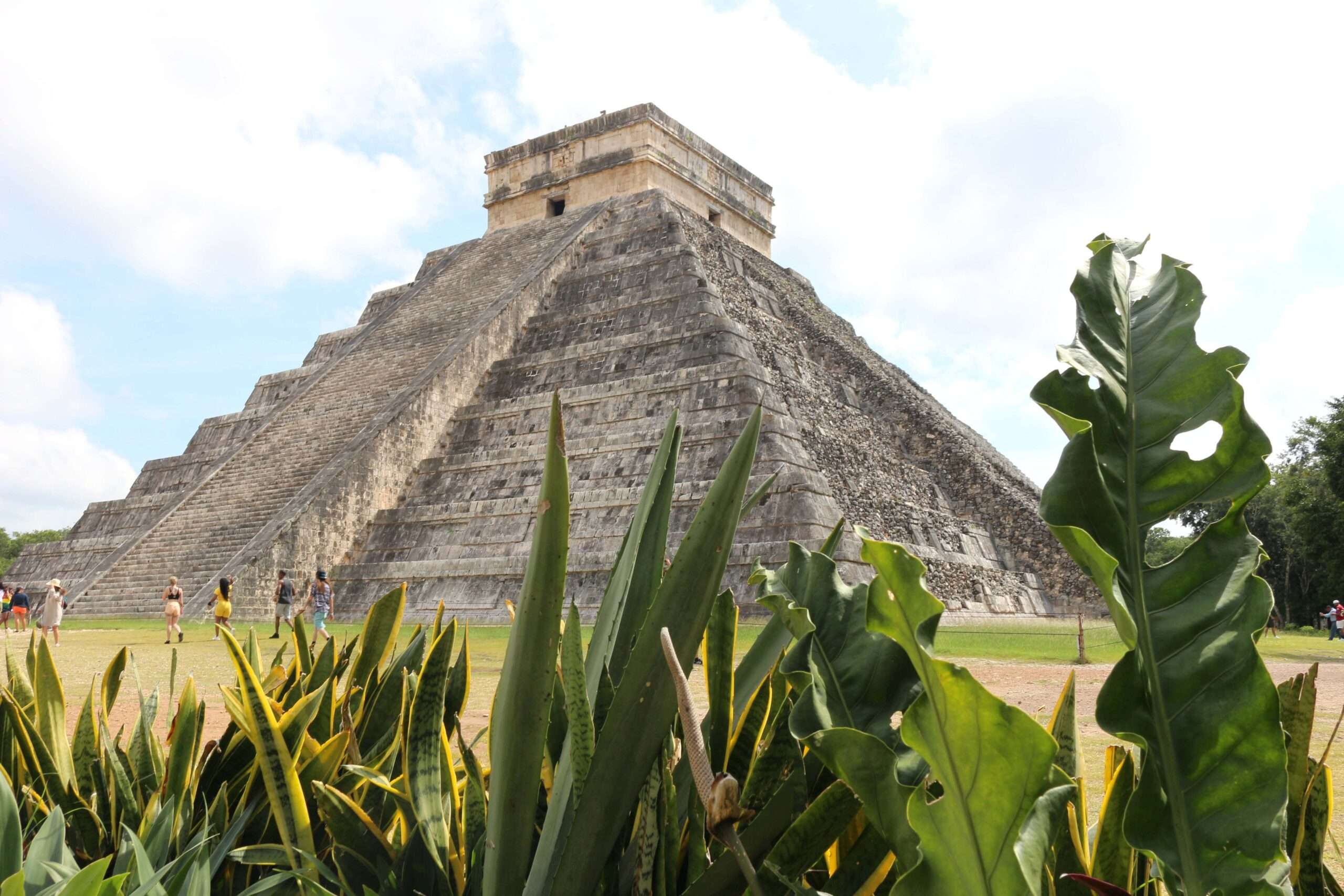Machu Picchu is one of the most iconic archaeological sites in the world, known for its stunning location and impressive architectural features. However, there is much more to the story of Machu Picchu than meets the eye.
The site of Machu Picchu is located in the Andes Mountains of Peru, at an altitude of over 7,000 feet. It was built in the 15th century by the Incas, an indigenous group who ruled much of South America before the arrival of the Spanish. The site was abandoned shortly after the Spanish conquest in the 16th century, and was only rediscovered in 1911 by the American explorer Hiram Bingham.
While Machu Picchu is best known for its impressive architecture and stunning views, the site also has a hidden story that sheds light on the culture and beliefs of the Inca people.
One of the most intriguing aspects of Machu Picchu is its location. The site was built on a steep mountain ridge, surrounded by steep cliffs and dense jungle. This location was chosen for its strategic importance and its connection to the spiritual beliefs of the Incas. According to Inca mythology, the site of Machu Picchu was believed to be the home of the gods, and was therefore considered to be a sacred place.
The layout of Machu Picchu is also significant. The site is divided into two main areas: the agricultural sector, which consists of terraced fields and irrigation channels, and the urban sector, which contains residential and administrative buildings. This division reflects the Inca belief in the importance of agriculture and the need to maintain a harmonious relationship between humans and nature.
The architecture of Machu Picchu is also remarkable. The Incas used a technique known as “ashlar masonry” to build the walls of the site. This technique involves fitting irregularly shaped stones together with such precision that no mortar is needed. The walls of Machu Picchu are also designed to withstand earthquakes, which were a common occurrence in the region.
Despite its impressive architecture and strategic location, the purpose of Machu Picchu remains a mystery. Some historians believe that the site was a royal retreat, while others suggest that it was a religious center or a center for astronomical observation.
Today, Machu Picchu is one of the most popular tourist destinations in the world, attracting millions of visitors each year. However, the site remains vulnerable to damage from tourism and other environmental factors, and efforts are underway to preserve this important piece of history for future generations.








